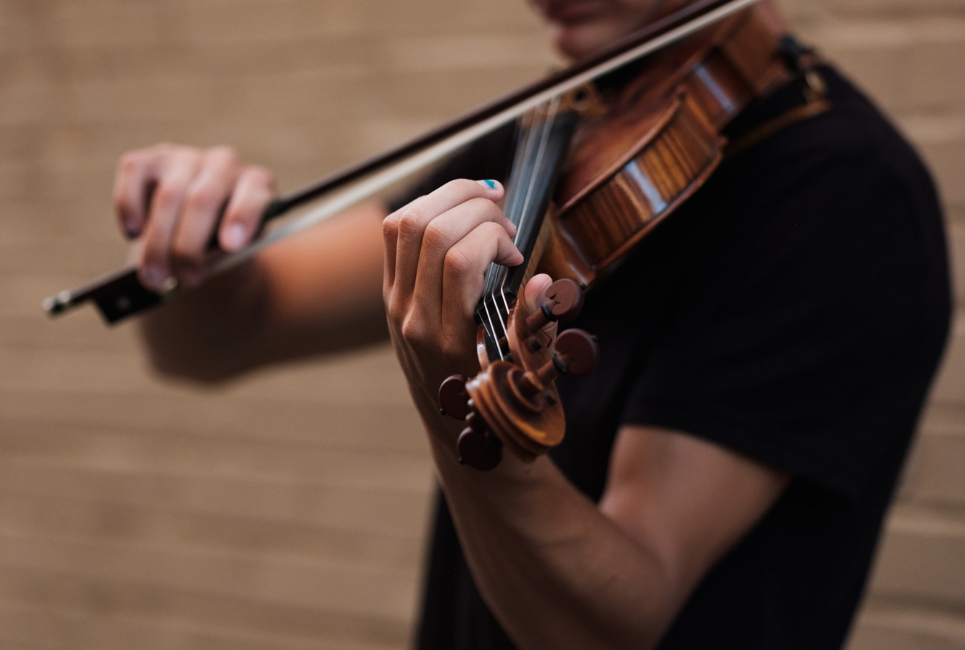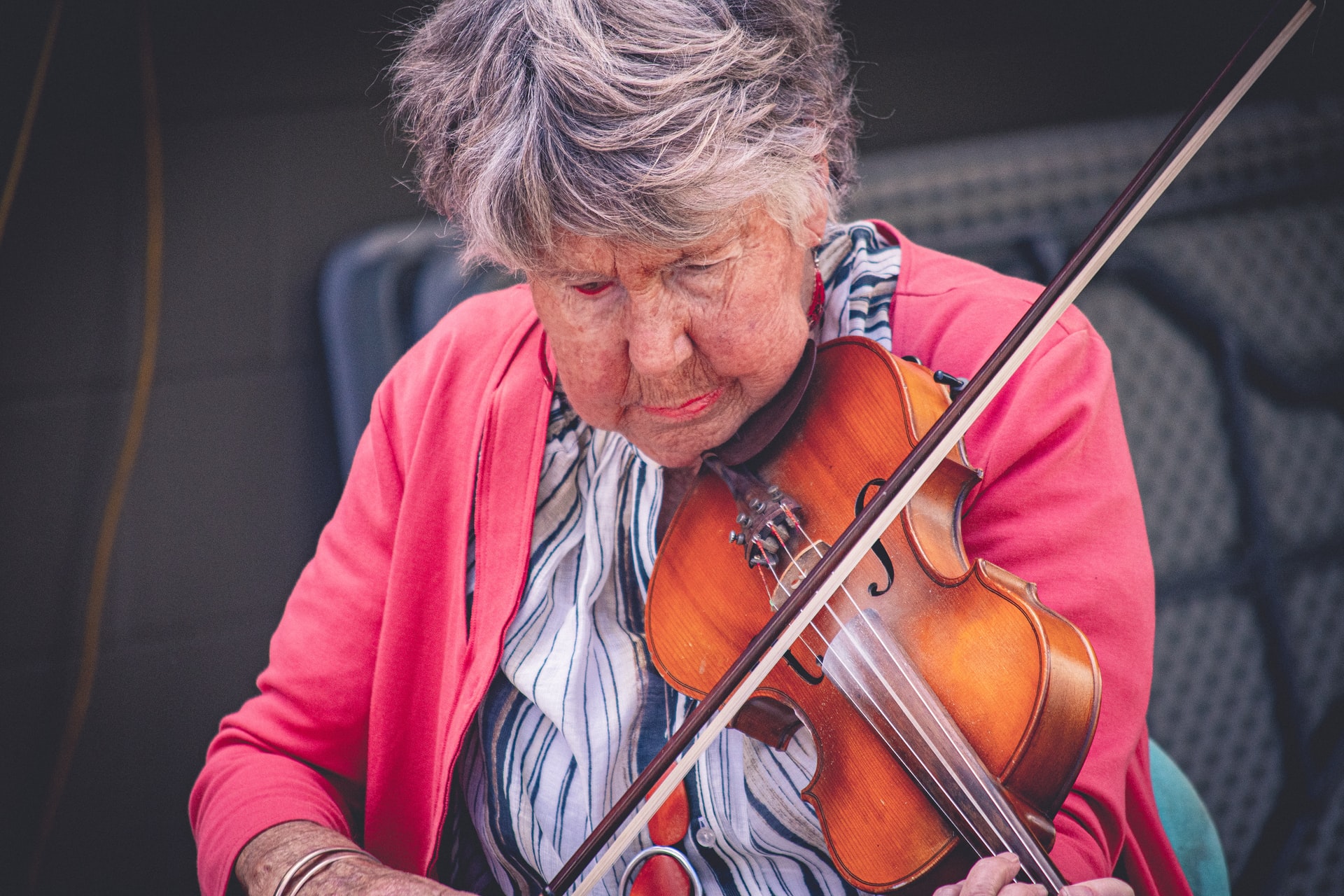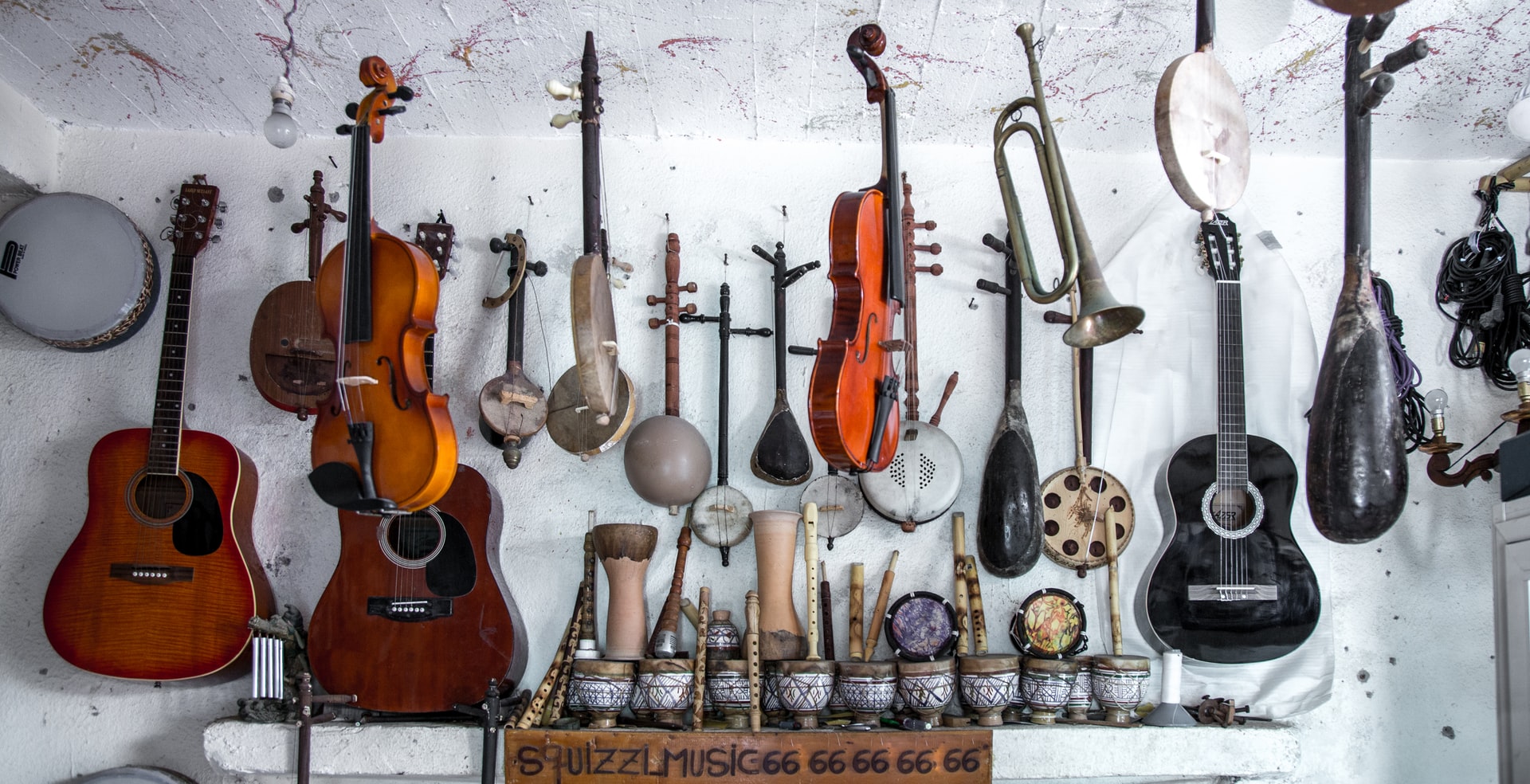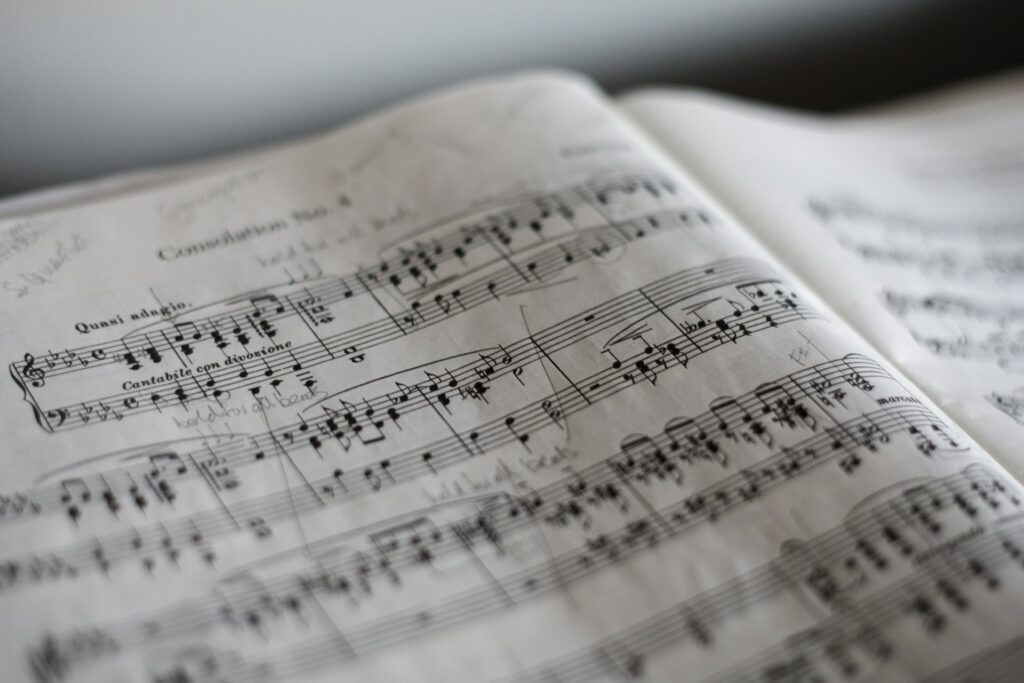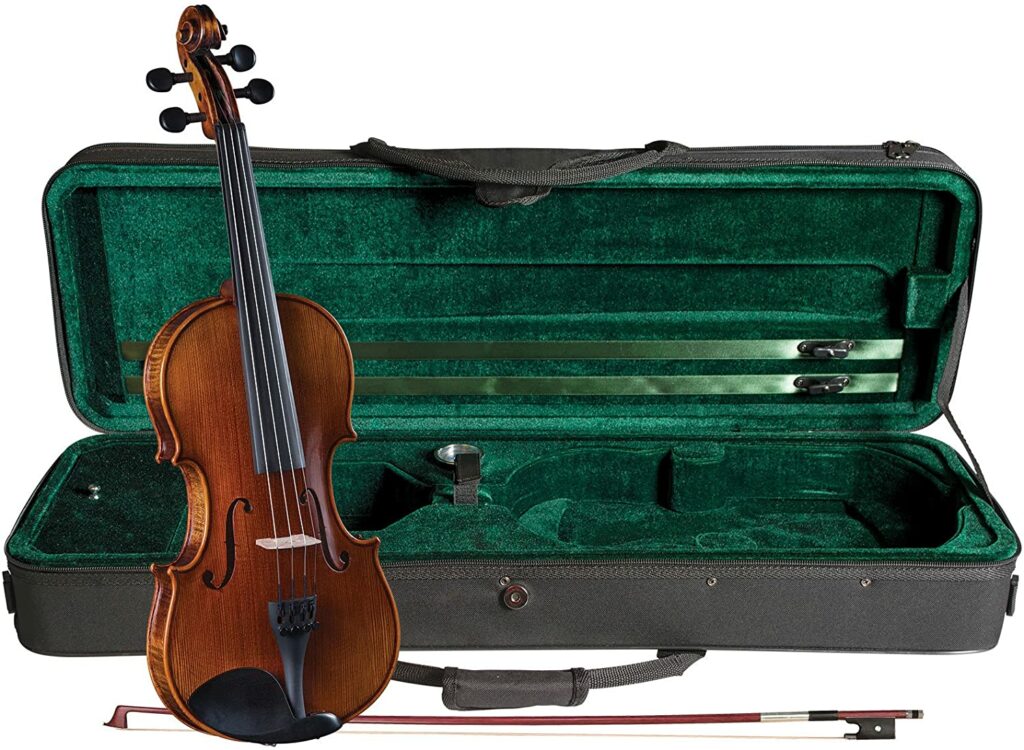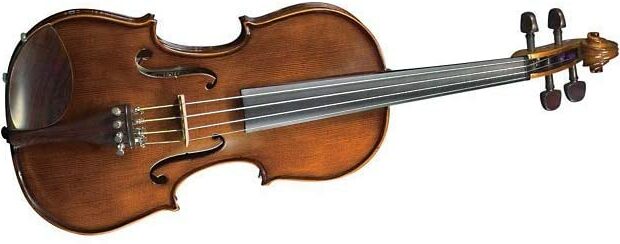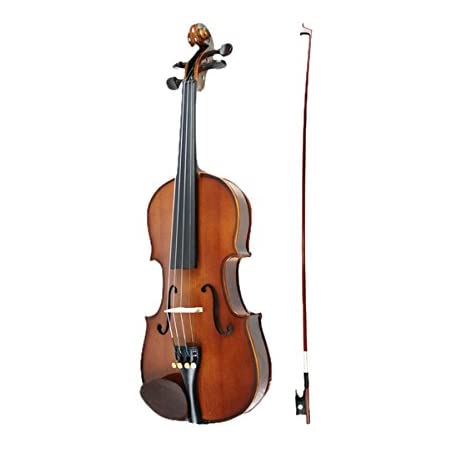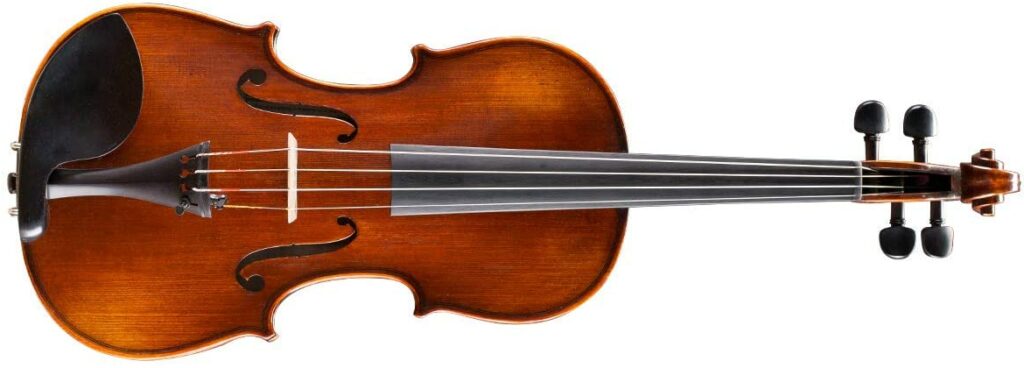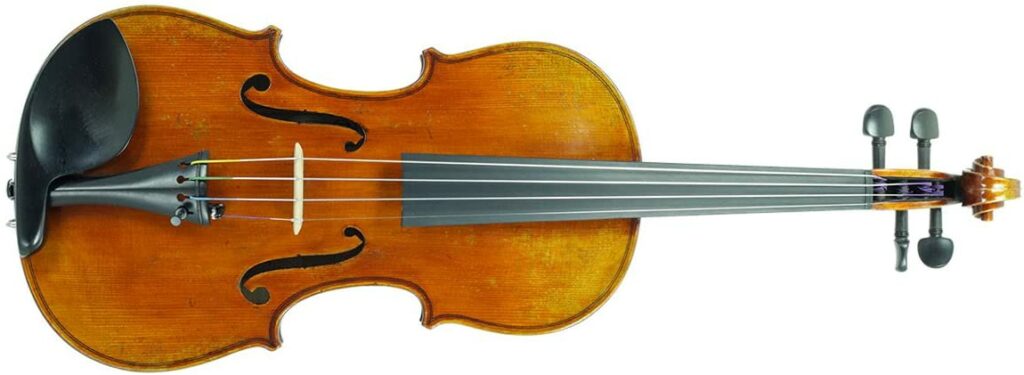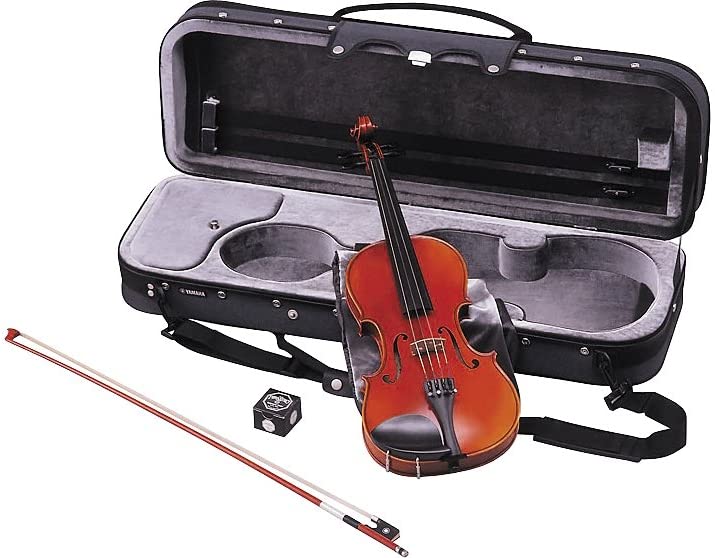- How to Find the Best Sopranino Saxophone - May 31, 2022
- How to Find the Best Contrabass Saxophone - May 30, 2022
- Trumpet Range Guide: Understanding The Entire Trumpet Range - May 19, 2022
Do you want to be the next Joshua Bell? You need to know how to find the best violin so that you can set yourself up for musical success.
Fortunately, you don’t need to have a super expensive instrument. But you should know what to look for and where to start your search for your next violin.
How To Find The Best Violin
Whether you’re a beginner or are about to enter music school, you need the best instrument you can afford. You don’t need the most expensive violin, but you do need a good-quality one.
Knowing how to find the best violin for your needs is crucial at all levels. Then, you can get an instrument that will last you for multiple years, and you’ll be sure it’s time when you’re ready to upgrade to a new violin.
Here are a few things to consider when shopping for your first or next string instrument.
Know Your Level
One of the first things to think about is your level as a violin player. The best violin for beginners won’t fulfill the needs of a professional or advanced player.
If you’ve never played or you haven’t played in years, you can assume you’re a beginner. After you gain some experience, it can get a little harder to differentiate your level.
Ask a violin teacher or another player you trust to give you their feedback. They can help you determine what level of violin is right for you.
Determine Your Size
Most adults and teenagers can play a full-size violin (4/4). However, some smaller adults, as well as younger children, will need a smaller violin.
You can choose from nine sizes of violins, with 1/16 being the smallest and best for toddlers. If you’ve never played the violin, try to visit a music store so that you can test out the sizes.
Current violin players can look at their existing instruments and measure them. Then, you’ll know if you can play a 4/4 violin or if you need something smaller.
Save Up
Some violins can get pretty expensive, especially if you’re looking for an intermediate or professional instrument. But even as a beginner, a good violin may cost more than you expect.
As soon as you decide to get a violin or upgrade from your current one, start saving some money. You don’t need to save thousands of dollars a month, but you should set aside some cash from each paycheck.
Then, you’ll be able to afford a good instrument, and you can focus on quality rather than a cheap price. You also won’t have to worry about financing the purchase if you don’t want to.
Buy Or Rent
The next decision you have to make is if you want to buy or rent your next violin. Renting can be a great way to get an instrument without having to pay full price.
Some music stores even let you apply your rental fees to the cost if you decide to buy it later. However, you may end up paying more for a rental, especially if you know you want to buy.
Purchasing a violin now can help you save on interest and other extra fees. That way, you will be able to have the instrument indefinitely for a lower cost.
New Or Used
Whether you choose to buy or rent a violin, you should also consider if you’d prefer to get a new or used one. New violins can cost more than used ones at the student level.
However, there are some professional violins that are from the 1700s that are more expensive than new professional models. New instruments aren’t always better than used, so consider the quality and sound of the instrument.
If you’re willing to try both, you can access a bigger selection. That way, you’ll be able to learn how to find the best violin for you and your needs.
Get Recommendations
Especially as a beginner, you may not know what to look for when shopping for a violin. If you want to narrow your search to quality instruments, consider asking for recommendations from a teacher or advanced player.
They can tell you about the best violin brands for new players. And they may know what to look for in terms of the quality, sound, and feel of the instruments.
Even as a more advanced musician, asking others for recommendations is great. If someone knows you and your playing well, they might know of the perfect violin for you.
Play Your Current Violin
If you’ve been playing the violin, do some practice on your current instrument. Figure out if you really do need to upgrade or if you can make your current setup work for a while longer.
Before buying a new violin, change your strings to a new set to see if that offers a better sound. You can also look for a new violin bow to help improve the sound and response of your instrument.
Those small changes may be enough to improve your playing experience, and you won’t have to spend as much money. If they aren’t enough, then you can shop for a new violin knowing that you tried everything else first.
Check The Strings
As mentioned, you can check your violin strings. Make sure they aren’t too tight and that they’re in tune. If you don’t like how the strings sound, experiment with different brands.
Then, you can see how new strings affect the sound of your instrument. You should always have a backup set of strings in your case, so test those out before you commit to buying a new violin.
And if you do change your strings, be sure to keep the old set. Even if you don’t like them, you can use them in a pinch if one of your new strings breaks.
Round Up Your Repertoire
Perhaps you’ve tried a lot of things, and you know you need to get a different violin. To make the trial process easier and lesson confusing, choose a few pieces to play during your violin trials.
Be sure to choose pieces and exercises that cover the low and high registers. Make sure to test loud and soft dynamics as well as lyrical and technical works.
Play the same pieces on each violin you try, including your current one. That way, you can keep from having too many different factors affecting the sound and feel of the instruments.
Compare And Contrast
Look for at least three to five violins at your level and in your price range. This will give you a few options to test, so you won’t limit yourself too much.
However, you won’t have to spend as much time during a trial to find the right instrument for you. When you test violins, set all of them up with a shoulder rest.
Then, play them back to back and pay attention to the sound and feel of each. If you don’t like one, set it aside and focus on the others in the trial until you find your perfect instrument.
Consider The Bow
Sometimes, you may come across a violin you love, but the bow isn’t the right fit. Maybe you don’t like the balance of the bow, or you don’t like the tone colors it can provide.
Don’t be afraid to test out different bows with the same violin or vice versa. That way, you can find a good violin and bow combination.
You can figure out if you like the violin but not the bow by playing a pizzicato passage. If you like how that sounds, you’ll know to find a new bow for the instrument.
Listen Back
As you play each violin, consider recording yourself on your phone or a recording device. Listen to the violins back to back and focus on the sounds you may have missed while playing.
Sometimes, listening can reveal a lot of nuances that you may not hear as a player. You might be focusing on getting the right notes rather than the tone quality of those pitches.
Recording and listening back is also useful if you can’t try multiple violins together. You can record them separately and listen to them in one session later.
Keep Shopping
If you’re lucky, you may find the best violin for you the first time. But you may need to be patient and test more instruments before you commit to one.
Look for stores that either offer trial periods or return windows. Then, you can order a violin or two at a time and test them out at home over a few days.
The more violins you try, the more likely you’ll find one you love. Try to avoid buying the first violin you try because it may not be the best option out there.
The Best Violins To Try
When shopping for violins, you may find the selection overwhelming. But some violins are quite a bit better than others, so you can easily weed out the lower-quality models.
If you want to know how to find the best violin for you, you need to know where to start. Here are a few good violin models to test.
Cremona SV-500
The Cremona SV-500 violin is an excellent first violin or first upgrade. It offers a rich, dark tone quality that is perfect for new and advancing students.
This model is lightweight and easy to hold, so you don’t have to worry about tension from the weight. You also get a comfortable chin rest that follows the design of the famous Stradivari violins.
Sizes available include 1/2, 1/4, 3/4, and 4/4, so any player can find a size that works. While it’s not the cheapest violin out there, it’s a nice balance between affordable and good quality.
Pros
- Affordable
- Easy to play
- Different sizes
Cons
- Some quality control issues
Cremona SV-1400
If you like the previous violin but need something more, you may enjoy the Cremona SV-1400. The violin offers a clear sound at a range of dynamics, so you can play a lot of different music on it.
There’s an ebony fingerboard that is durable and easy to keep clean. You get a lightweight case that makes it easy to take the violin on the go.
The fine tuners are easy to adjust, making tuning quick and simple. It offers a great quality upgrade without costing thousands of dollars.
Pros
- Easy to play
- Sounds good
- Affordable
Cons
- Pegs are hard to move
Stentor 140
The Stentor 1400 violin is another excellent option for beginners and smaller players. It’s a 3/4 violin, so it’s smaller than most, but it can still play all of the same notes.
You get a nice solid spruce top and maple back as well as maple sides. Those woods help form a good chamber to produce a strong sound.
Everything comes in a lightweight case that’s great for travel and storage. And you can use this violin as an absolute beginner or an intermediate player.
Pros
- Sounds good
- Durable
- Affordable
Cons
- Not for professionals
Andreas Eastman Model 305
Another fantastic violin to test out is the Andreas Eastman Model 305. The violin has a spruce top, while maple is the wood of choice for the rest of the instrument.
You can get a strong, clear tone when playing this model, so it’s great for someone needing to upgrade. Plus, the instrument comes with a case to protect your gear when you aren’t playing.
That case includes spots for two bows, so you can have one for solo playing and another for ensembles. Then, you’ll be able to get the sound you want without needing multiple violins.
Pros
- Sounds great
- Easy to play
- Suitable upgrade
Cons
- A little expensive
Andreas Eastman VL 405
Another option from Andreas Eastman, the VL 405 is a great model to upgrade to from a beginner instrument. Spruce and maple make up the body, and it’s all handcrafted.
You can choose from different sizes as small as 1/6 and as large as 4/4. If you aren’t quite big enough for the full size, a 7/8 violin is also available in this model.
Along with the instrument, you’ll get a carbon fiber bow that’s easy to use. Everything fits in the included case, so you don’t need to spend more to keep everything safe.
Pros
- Great for advanced players
- Handmade
- Easy to play
Cons
- Not for beginners
Yamaha V3 Series
The Yamaha V3 Series is an amazing violin with a durable design and a reliable sound. It’s especially great for kids and other beginners who may not take the best care of their instruments.
This violin is available in different sizes, including 4/4, 3/4, and 1/2. The smaller sizes are great for younger players and even adults who have trouble playing a full violin.
It’s not the cheapest violin, but it’s pretty affordable and of good quality. If you’ve played any other instrument from Yamaha, you can expect a similar experience with this one.
Pros
- Durable
- Good sound
- Great for beginners
Cons
- Can be hard to tune
Yamaha AV7
If you have a bit more money to spend, be sure to try the Yamaha AV7. This violin uses spruce and maple, and Yamaha let both woods age for at least five years to provide a good sound.
You can get this model in a full size, but 3/4 and 1/2 sizes are also available. This model uses a hand-applied oil finish, and professionals adjust the instrument to make sure it’s ready to play.
Plus, Yamaha offers a five-year warranty on the instrument, case, and bow. That way, you don’t have to worry about paying for a new violin if this one breaks within that period.
Pros
- Great sound
- Nice warranty
- Easy to play
Cons
- A bit expensive
FAQs About How To Find The Best Violin
Answer: Having a good violin can make playing much easier, especially for beginners. A good-quality instrument will sound better, be easier to tune, and be more durable than a cheaper option.
The right instrument can also make practicing more exciting because you’ll look forward to it. Then, you’ll find it easier to improve and play more music.
Answer: The cheapest violin costs around $100 or less. However, the most expensive violins cost millions of dollars. More expensive instruments tend to be older and come from famous makers, like Stradivari.
However, you don’t need to spend nearly that much to get a good instrument. As long as you focus on buying from reputable brands, you’ll be able to get the right violin on a budget.
Answer: Sometimes, you may outgrow your current setup, but that doesn’t always mean you need a new instrument. You can improve your violin by changing the strings, especially if you haven’t done so in a while.
Switching to a different violin bow can also help give you a different sound. Adding a practice mute may help you practice without disturbing others, and you can take it off for performance.
Answer: The violin can be hard to play because it has a huge range, from the G below middle C (G3) to the A over an octave above the treble clef (A7). You have to learn all of those notes, and you need to be able to play on all four strings.
Violin music also tends to be more technical than some instruments. It doesn’t matter if you’re working on a solo or are sitting in an orchestra; the violin parts tend to be difficult.
Answer: Young kids who are motivated to learn can play and sound good on the violin. If you have a child who wants to play, you may need to get them a smaller violin and upgrade as they grow.
But as long as you find a good teacher, your kid can learn to play music as early as their toddler years. Then, they can continue as they get older.
Answer: You should get a new violin when you can’t get the sound you want from your current setup. If you’ve tried a ton of different strings and bows, the instrument might be the problem.
Another time to upgrade is when a teacher recommends that you do so. But you don’t need a new violin, just a new-to-you instrument. Then, you can save money on the cost.
Answer: Some new violins are better, while some used ones are better. The best violin for you depends on your playing and your preferences, so give both a try.
That way, you’ll be able to select an instrument that you like playing. You don’t need the newest, best model to be a good violinist.
Final Note On How To Find The Best Violin
Learning how to find the best violin is important for any player, beginner or professional. If you know what to look for, you can make the most of your time and money.
The Yamaha violins are a great place to start, but another brand might work better for you. Either way, test as many options as you can to select the best violin out there.

